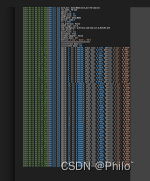<template> 和 <slot> 都是 Vue.js 框架中用于模板编程的标签,但它们在功能和应用场景上有所不同。
1. <template> 标签的作用
<template> 标签在 Vue.js 中用作一种声明性的方式来定义模板的片段。但它本身不会被渲染到最终的 DOM 中。<template> 的主要用途有:
-
条件渲染:使用
v-if、v-else-if和v-else来控制模板片段的渲染。
<template>
<div>
<p v-if="showMessage">Hello, Vue!</p>
<p v-else>Goodbye, Vue!</p>
</div>
</template>-
列表渲染:使用
v-for指令来渲染列表。
<template>
<div>
<ul>
<li v-for="(item, index) in items" :key="index">{{ item }}</li>
</ul>
</div>
</template>-
包装多个元素:在 Vue 的模板中,一个组件通常只能有一个根元素。但有时你可能需要包装多个元素。这时,你可以使用
<template>作为包裹元素,但请注意,<template>本身不会被渲染到最终的 DOM 中。
<template>
<template v-if="showMultipleElements">
<p>First paragraph.</p>
<p>Second paragraph.</p>
</template>
</template>2. <slot> 标签的作用
<slot> 标签在 Vue.js 中用于内容分发。在子组件中,你可以使用 <slot> 标签作为内容的插槽,然后在父组件中使用该子组件时,向这个插槽插入内容。
- 默认插槽:当子组件中只有一个
<slot>时,它就是默认插槽。
子组件:
<template>
<div>
<h2>Welcome to My Component</h2>
<slot></slot>
</div>
</template>父组件:
<template>
<my-component>
<p>This is some content inserted into the slot.</p>
</my-component>
</template>- 具名插槽:当子组件中有多个
<slot>时,可以给它们命名以区分。
子组件:
<template>
<div>
<header>
<slot name="header"></slot>
</header>
<main>
<slot></slot>
</main>
<footer>
<slot name="footer"></slot>
</footer>
</div>
</template>父组件:
<template>
<my-component>
<template v-slot:header>
<h1>This is the header</h1>
</template>
<p>This is some default content.</p>
<template v-slot:footer>
<p>This is the footer</p>
</template>
</my-component>
</template>这样,你就可以在父组件中向子组件的不同插槽插入不同的内容了。

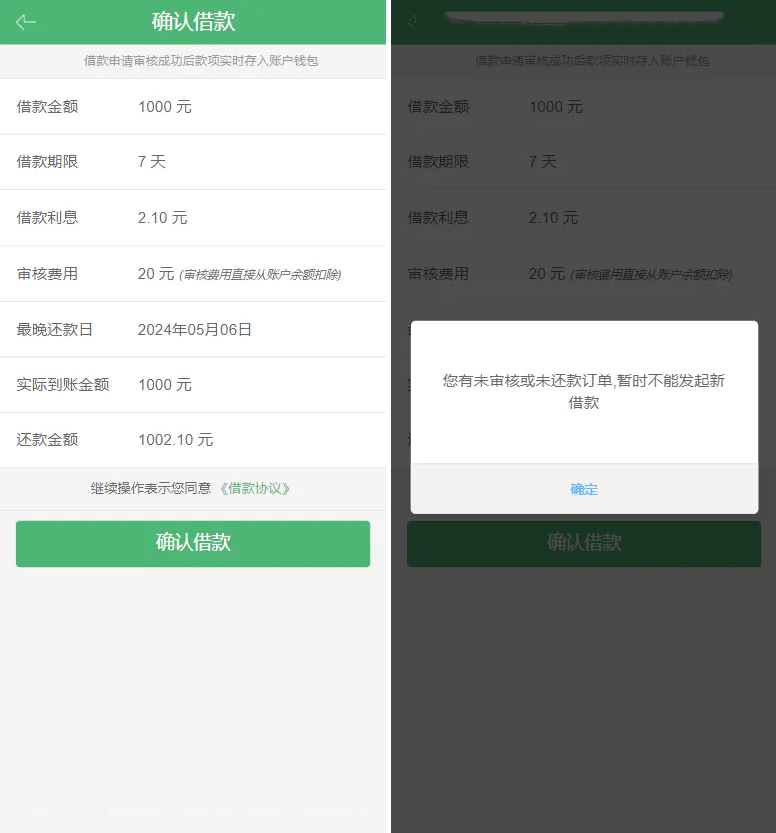
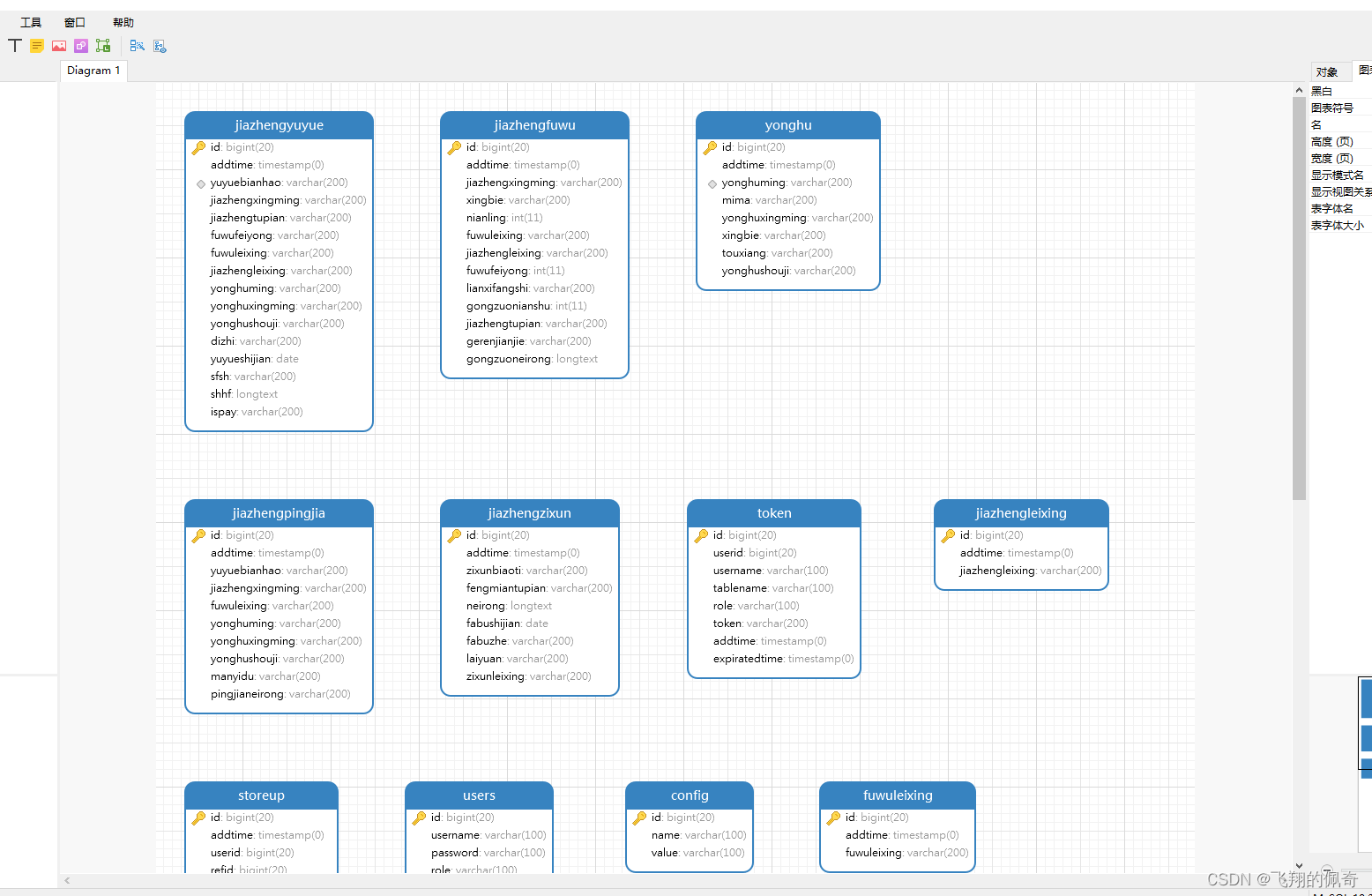

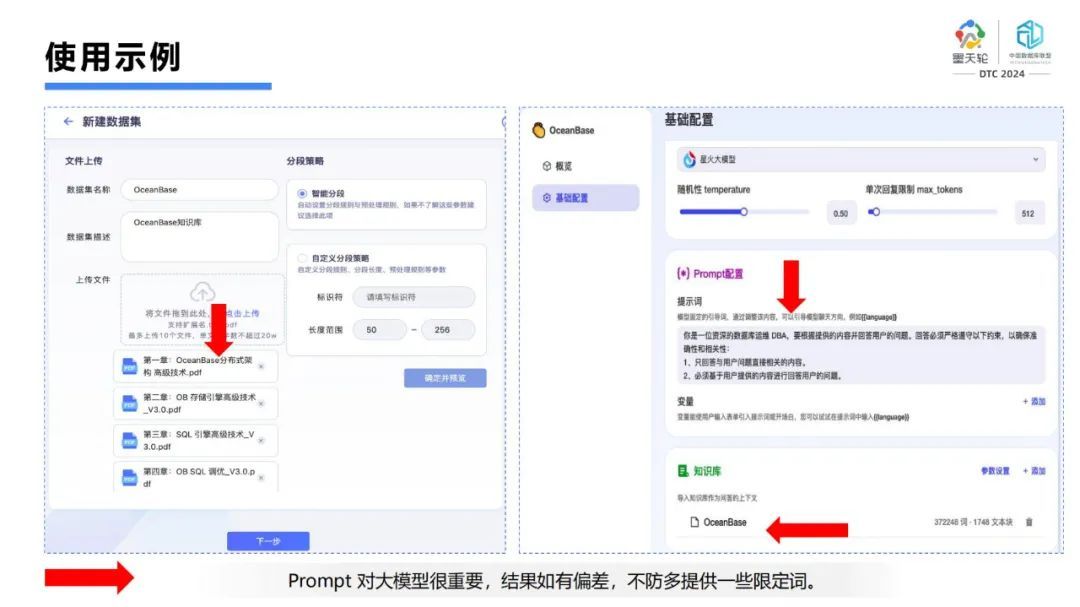

![[数据集][目标检测]结直肠息肉内镜图像病变检测数据集13524张2类别](https://img-blog.csdnimg.cn/direct/63b910af03074b28b8f787ed922e6991.png)




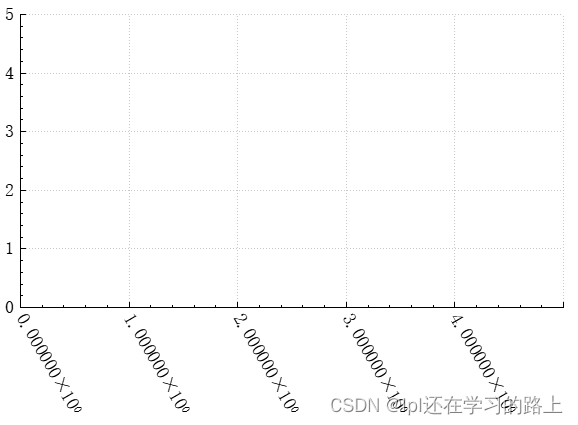

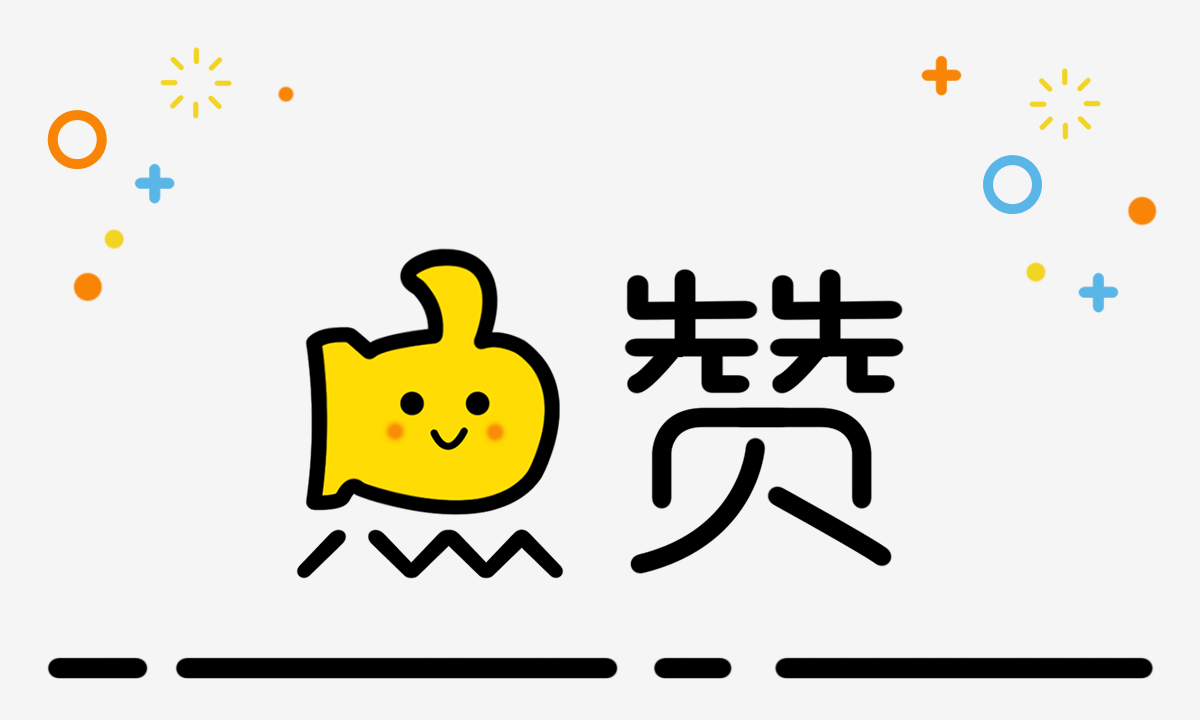


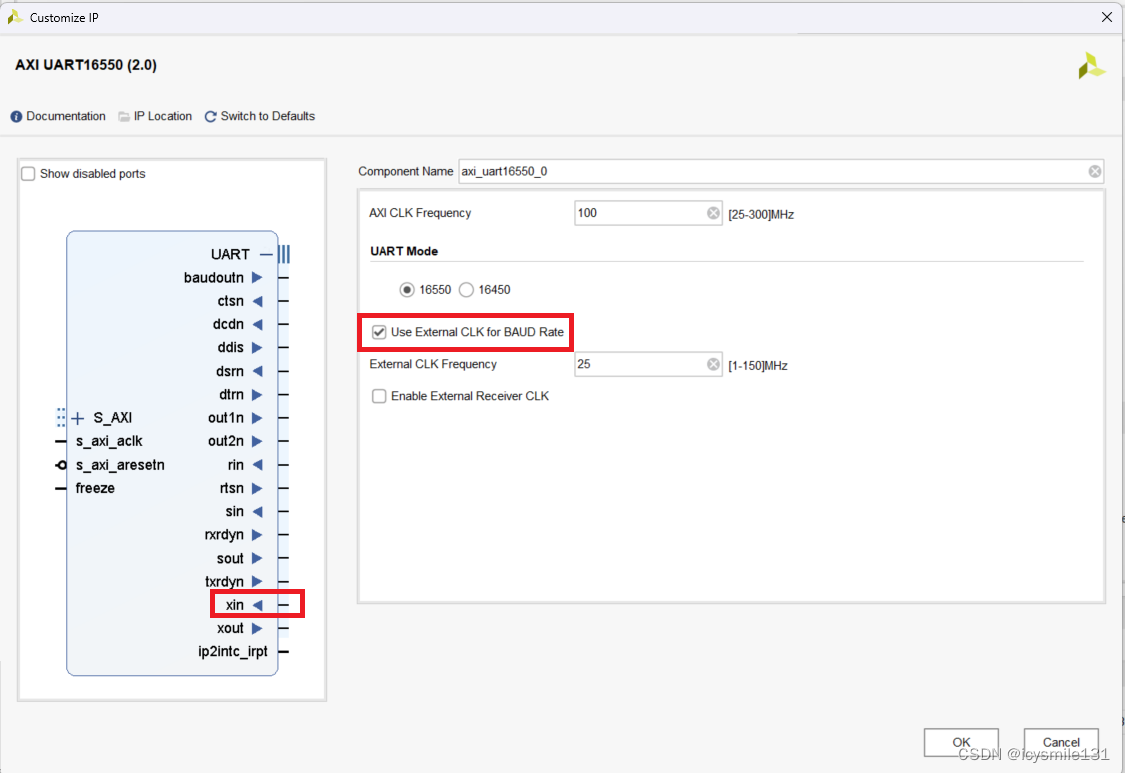
![[数据集][目标检测]蕃茄核桃桔子龙眼青枣5种水果检测数据集VOC+YOLO格式270张5类别](https://img-blog.csdnimg.cn/direct/79dd1c8a5a7747e29c0c2b50b7fa354d.png)
